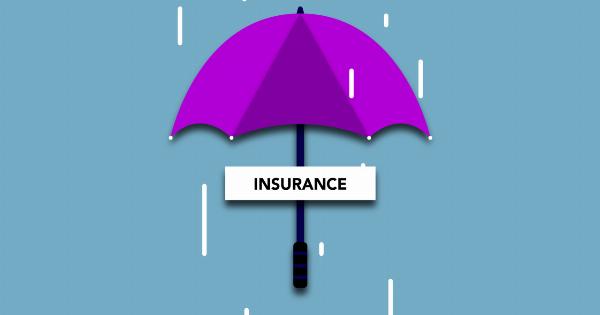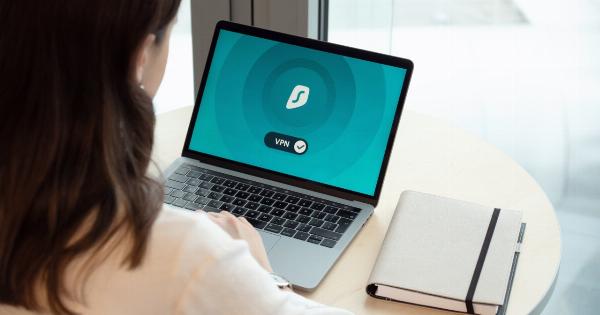In today’s digital age, owning a domain name has become an essential part of establishing your online presence.
Whether you are an individual, a small business, or a multinational corporation, your domain name is your unique identifier on the internet. It is the virtual address where users can find you, connect with you, and access your products or services. Therefore, it is of utmost importance to protect your valuable domain from any potential threats or unauthorized access.
The Importance of Domain Protection
A domain name represents your brand and is an integral part of your company’s intellectual property. Therefore, safeguarding it becomes crucial to protect your online reputation, prevent brand dilution, and maintain customer trust.
Cybercriminals, domain hijackers, and competitors may target your domain name, seeking to exploit it for their own gain or harm your business. To ensure the security and longevity of your domain, it is essential to implement robust protection measures.
Understanding Domain Security
Domain security encompasses various strategies and tools aimed at securing your domain name. These measures are designed to prevent unauthorized transfers, protect against DNS attacks, and safeguard your sensitive information.
By implementing these security practices, you can ensure the integrity and availability of your domain while mitigating risks associated with cyber threats.
Domain Locking and Transfer Protection
One of the primary steps to securing your domain is enabling domain locking and transfer protection. Domain locking prevents unauthorized transfers, domain theft, or any changes made to your domain registration without your knowledge or permission.
It effectively adds an extra layer of security, ensuring that only authorized individuals can make modifications or transfer the domain.
DNSSEC: Protecting Against DNS Attacks
DNS Security Extensions (DNSSEC) is another important aspect of domain protection. DNSSEC helps protect your domain from various DNS attacks, such as cache poisoning or DNS spoofing.
It adds additional cryptographic signatures to the DNS response, ensuring the authenticity and integrity of the domain’s DNS data. By enabling DNSSEC, you can prevent attackers from redirecting your users to malicious websites, thereby safeguarding your domain’s reputation and your users’ security.
Two-Factor Authentication for Domain Management
Implementing two-factor authentication (2FA) is a vital security measure for managing your domain.
With 2FA, you add an extra layer of protection by requiring a second form of authentication, typically a unique code sent to your registered mobile device or email, in addition to your regular login credentials. This ensures that even if your login credentials are compromised, the attacker would still need access to the second authentication factor, making it significantly harder for unauthorized individuals to gain control over your domain.
Regular Domain Name Monitoring
Maintaining regular domain name monitoring is crucial to identify any potential threats or suspicious activities in a timely manner.
By utilizing domain monitoring services, you can receive alerts if any changes occur to your domain, such as DNS modifications, WHOIS changes, or SSL certificate alterations. This allows you to promptly investigate and take necessary action to mitigate any potential risks to your domain’s security.
Strong Password and Account Security
Ensuring a strong password for your domain registrar account is a fundamental security practice. Avoid using easily guessable passwords and always opt for complex combinations of characters, numbers, and symbols.
Furthermore, regularly updating your password and employing a password manager can help maintain strong account security. Additionally, protect your account by enabling features such as account lockouts after a certain number of failed login attempts and IP address-based restrictions for accessing your domain management interface.
Secure SSL Certificates
Securing your domain with an SSL (Secure Sockets Layer) certificate is vital, especially if you engage in online transactions or collect sensitive user data.
An SSL certificate encrypts the communication between your website and its visitors, ensuring that any information transmitted remains confidential and cannot be intercepted by malicious actors. Implementing SSL certificates not only enhances security but also builds trust among your users, as they can see the padlock symbol or the “https://” prefix in their browser’s address bar.
Regular Backups and Disaster Recovery Plans
In addition to implementing security measures, it is crucial to regularly back up your domain’s data. This allows for easy recovery in case of accidental data loss, cyber-attacks, or other unforeseen events.
Implement robust backup practices and consider storing backups on separate servers or cloud platforms to ensure redundancy and availability of your domain’s data. Additionally, prepare disaster recovery plans to quickly restore your domain and minimize potential downtime, should any security incidents occur.
Working with Accredited Registrars and Security Providers
Choosing accredited domain registrars and security providers is essential for ensuring the protection of your domain.
Accredited registrars adhere to strict industry standards and security practices, offering additional layers of protection through advanced security services. Working with reputable security providers can also give you access to cutting-edge tools and expertise, allowing you to stay ahead of evolving cyber threats.
Conclusion
Protecting your valuable domain is an ongoing effort and a critical aspect of maintaining your online presence.
By implementing domain security measures such as domain locking, DNSSEC, two-factor authentication, regular monitoring, and strong account security, you can significantly mitigate the risks associated with domain hijacking, cyber-attacks, and brand infringement. Remember, your domain is the virtual gateway to your business, and keeping it safe ensures your online success and reputation.





























